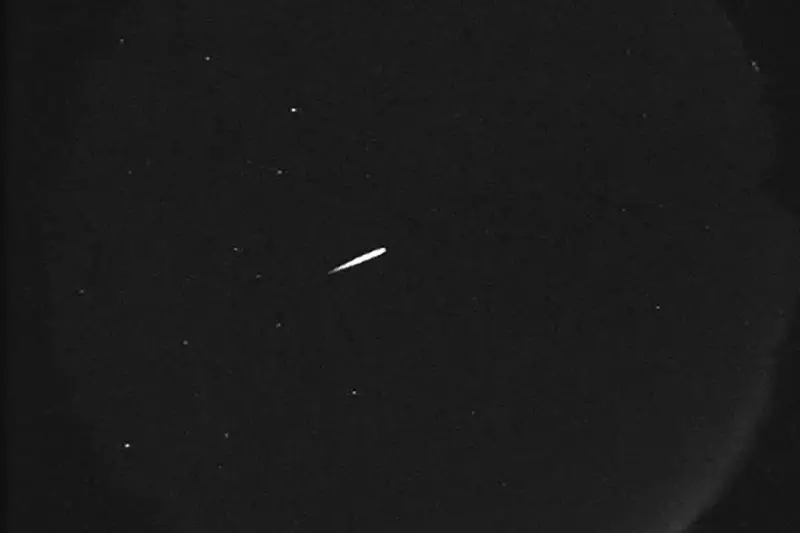
Skygazers across Britain are in for a celestial treat this weekend as the annual Orionid meteor shower reaches its dazzling peak. This spectacular natural light show promises to illuminate the night sky with up to 25 shooting stars per hour, creating perfect conditions for astronomy enthusiasts and casual observers alike.
When to Witness the Cosmic Display
The Orionids will reach their maximum intensity during the early hours of Saturday and Sunday morning, with optimal viewing times between midnight and dawn. According to astronomical experts, the shower's peak activity is expected around 2am BST, when the radiant point in the Orion constellation reaches its highest position in the sky.
Perfect Viewing Conditions
This year's viewing conditions are particularly favourable due to the moon phase. "The moon will be in its last quarter phase, meaning it won't rise until the early hours," explains Dr. Emily Crawford from the Royal Astronomical Society. "This creates beautifully dark skies that will make even the faintest meteors visible to the naked eye."
The Halley's Comet Connection
These celestial fireworks have a remarkable origin story. The Orionids are actually debris from the legendary Halley's Comet, which last visited our inner solar system in 1986. As Earth passes through this cosmic trail of dust and ice particles, they burn up in our atmosphere, creating the stunning streaks of light we observe as meteors.
Top Tips for Meteor Watching
- Find a dark location away from city lights and light pollution
- Allow your eyes 20-30 minutes to adjust to the darkness
- Look toward the southeast where the Orion constellation rises
- Dress warmly and bring a comfortable chair or blanket
- Be patient - meteor watching requires no special equipment
What Makes the Orionids Special
Unlike other meteor showers, the Orionids are known for their exceptional speed and brightness. These meteors travel at approximately 41 miles per second as they enter Earth's atmosphere, often leaving persistent glowing trails that can last for several seconds. Some particularly bright meteors, known as fireballs, may even cast temporary shadows.
The Orionid meteor shower remains active throughout October, but this weekend's peak offers the most spectacular viewing opportunity. Don't miss this chance to witness one of nature's most breathtaking astronomical events lighting up the British night sky.





